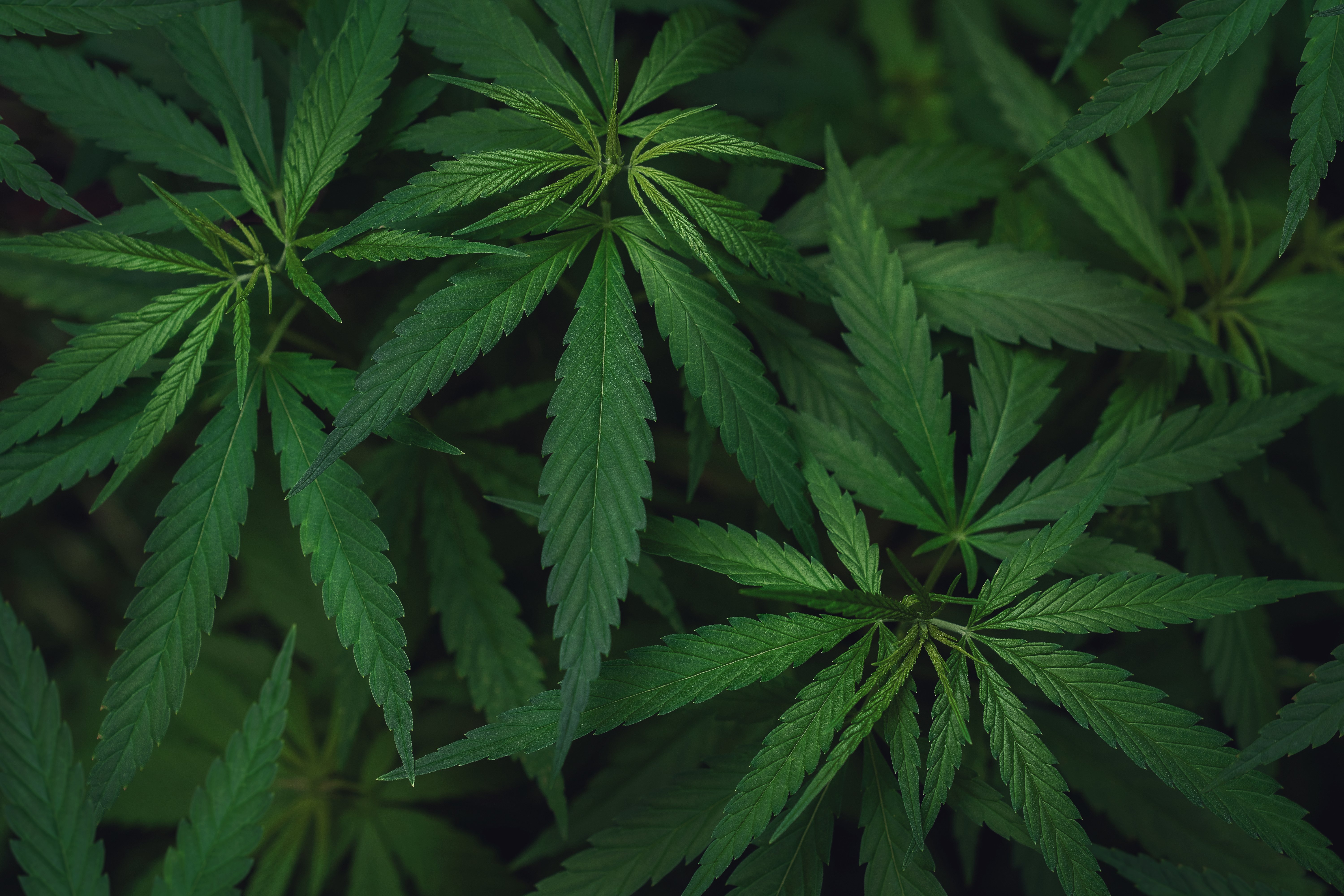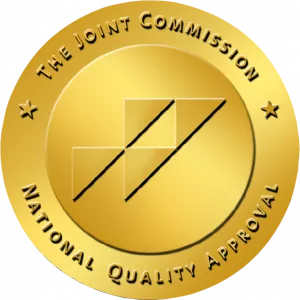For years, cannabis has been touted as a natural remedy for everything from anxiety and insomnia to chronic pain and nausea. And while many people do find relief in its effects, there’s a lesser-known, deeply uncomfortable side effect that’s been cropping up more and more frequently: Cannabinoid Hyperemesis Syndrome, or CHS.
It's confusing, counterintuitive, and often overlooked: a strange syndrome linked to cannabis use, where cannabis actually causes severe nausea, vomiting, and abdominal pain. For people who’ve turned to marijuana as a source of comfort or healing, discovering that it might be the very thing making them sick can be both baffling and frustrating.
At Avenues Recovery, we understand how disorienting it is to feel betrayed by a substance you once trusted. This post breaks down what CHS is, why it happens, who’s at risk, and what recovery can look like—so you can make informed decisions and get help if you need it.
Cannabinoid Hyperemesis Syndrome
So, what is CHS? Cannabinoid Hyperemesis Syndrome (CHS, or Cannabis Hyperemesis Syndrome) is a condition that develops in some people who use cannabis regularly over a long period of time. Despite cannabis being known for its anti-nausea properties, CHS causes the exact opposite effect - recurrent cycles of intense nausea, vomiting, and stomach pain. What makes CHS especially tricky is that it often goes unrecognized or misdiagnosed, especially because many people use cannabis specifically to ease symptoms such as nausea. The vomiting episodes can be so severe that they lead to dehydration, weight loss, and repeated emergency room visits. A unique and telling behavior among those suffering from CHS is compulsive hot bathing or showering, which seems to temporarily relieve the symptoms. The only known long-term solution? Stopping cannabis use altogether.
CHS Symptoms
Symptoms of Cannabinoid Hyperemesis Syndrome (CHS) are intense, unpleasant, and often confusing. The most prominent symptom is repetitive, severe vomiting—often described as coming in waves and resistant to typical anti-nausea medications. This is usually accompanied by nausea, abdominal cramps or pain (especially in the upper abdomen), and a loss of appetite. Some people also report weight loss, dehydration, and fatigue due to the relentless nature of the vomiting. A unique and highly specific symptom of CHS is the urge to take hot showers or baths, sometimes multiple times a day, which seems to temporarily relieve the discomfort. This behavior is so common among those with CHS that it's considered one of the clearest indicators of the condition. While these symptoms might mimic other gastrointestinal disorders, their connection to long-term cannabis use is the critical clue.

Timeline of CHS Syndrome
The timeline of Cannabis Hyperemesis Syndrome symptoms typically unfolds in three distinct phases, each with its own set of experiences.

These are the first signs of CHS:
- The first is the prodromal phase, which can last for months or even years. During this time, people may experience early warning signs like morning nausea, mild abdominal discomfort, or a general feeling of queasiness. Despite these issues, many continue to use cannabis—often thinking it helps manage their symptoms, not realizing it's actually contributing to them.
- Next comes the hyperemetic phase, where symptoms escalate dramatically. This is when the hallmark signs of CHS appear: relentless nausea, repeated vomiting, stomach pain, and compulsive hot bathing for relief. This phase can last for days or even weeks and often leads to multiple ER visits due to dehydration and electrolyte imbalances.
- Once cannabis use is stopped, the recovery phase Symptoms gradually fade, and people return to normal eating and digestion—though relapse is likely if cannabis use resumes. Understanding this timeline is key to recognizing and addressing Cannabis Hyperemesis Syndrome before it becomes a recurring cycle.
Diagnosing CHS

Diagnosing CHS can be tricky, especially because many people—and even some medical professionals—don’t immediately connect the dots between the symptoms and long-term cannabis use. Since vomiting and nausea are common to so many other conditions, people often go through a long, frustrating journey of tests, misdiagnoses, and hospital visits before landing on the right answer. There’s no specific test for CHS, so diagnosis is based mainly on medical history, symptom patterns, and cannabis use habits. Doctors may start to suspect CHS when a patient reports chronic marijuana use, repeated vomiting episodes that don’t respond to typical treatments, and a strange but consistent behavior: taking hot showers or baths for relief. This unusual coping mechanism, combined with cannabis use, is a red flag that points toward this strange syndrome linked to weed. Often, the biggest clue is what happens when the person stops using weed altogether—if the symptoms fade within days or weeks, it's a strong indicator that CHS (weed-related illness) was the root cause all along.
Dealing with CHS
Dealing with Cannabinoid Hyperemesis Syndrome (CHS) starts with the most crucial—and often most difficult—step: stopping cannabis use completely. For many people, this can feel confusing or even overwhelming, especially if they’ve relied on weed for stress relief, sleep, or chronic pain management. But the truth is, there’s currently no medication or treatment that can fully resolve CHS symptoms unless cannabis use is removed from the equation completely. In the short term, staying hydrated, resting, and using hot baths for relief can help manage the symptoms, but they won’t fix the underlying issue. Recovery begins when cannabis is out of your system—and for most people, that’s when the vomiting stops and the healing begins. If quitting feels hard (and it often does), you’re not alone. Support from professionals, like the team at Avenues Recovery Center, can make all the difference. We offer medical guidance, emotional support, and structured care to help you move forward without relying on substances that are doing more harm than good.
Treatment for CHS
Treatment for CHS focuses first and foremost on one key factor: completely stopping cannabis use. Because CHS is caused by long-term weed use, no medication or procedure can truly resolve the condition without cutting out the source. That said, treatment often involves more than just quitting—especially if you've been using cannabis to cope with anxiety, trauma, or other mental health challenges. In the acute phase, supportive care may include IV fluids for dehydration, anti-nausea medications, and rest. Long-term recovery, however, may require a more comprehensive approach, especially if you're struggling with withdrawal symptoms or the emotional side of quitting.

That’s where Avenues Recovery Center comes in. We understand how complex substance use can be—especially when it’s tied to something like CHS, which feels so unexpected and misunderstood. Our experienced clinical team offers personalized detox and treatment programs designed to help you get physically stable, emotionally grounded, and mentally strong without relying on cannabis, in line with SAMHSA’s guiding principles of recovery to support long-term success.”. If you’re ready to feel like yourself again—without the cycle of nausea, pain, and confusion—we’re here to walk the journey with you.
Reach out to Avenues Recovery today. Healing starts here.



